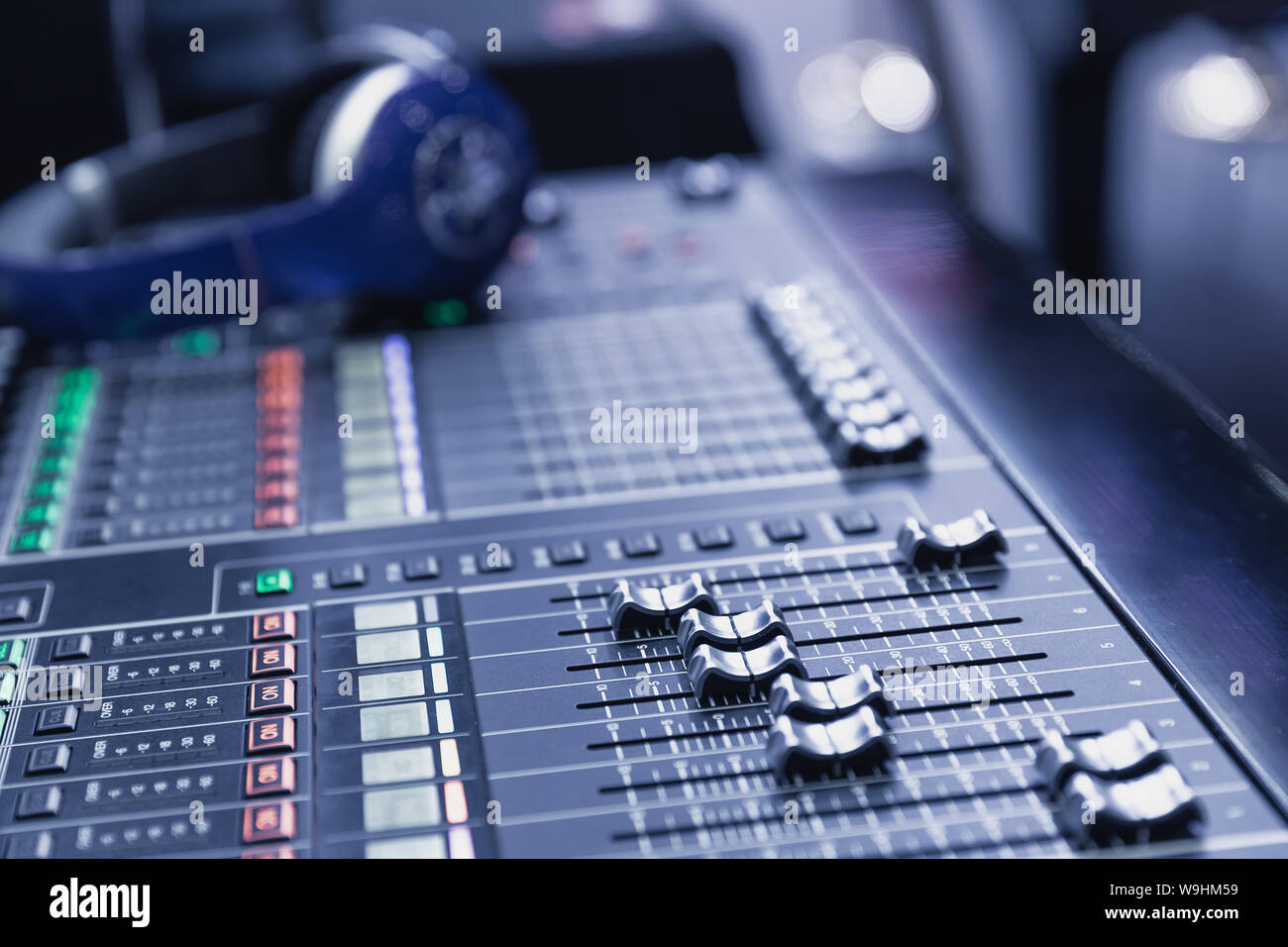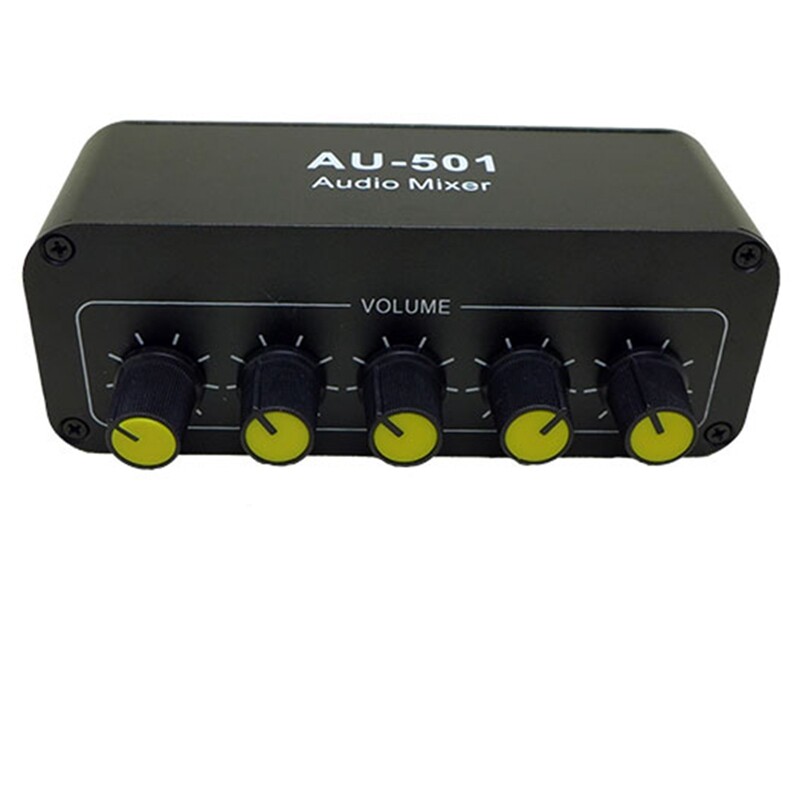

Often these can be picked up for pennies, and their fundamentally simple way of working means there’s little to go wrong. If, for example, you are a solo artist looking to mix a guitar, mic and perhaps a backing track, then your needs will be easily catered for with a simple, low-cost mixer. The best live mixing console for you will depend largely on the scale of your operation.

Using the latter method, you can simply connect a laptop to the desk and record directly into your DAW of choice.

For this, you’re looking for a desk that offers multitrack recording or functions as an audio interface. Or you may be looking for a way to record your live sessions to release online. It may be that the sound engineer at a venue is situated miles away from the stage and requires remote control over levels and the like. The venue itself can have a huge impact on the requirements of a mixer. Where things can become complicated is that, as the size of the venue or band grows, so too does the amount of complexity. With the sound going into the mixer, and each of the aforementioned parameters tweaked to your liking, the sound is then mixed together and sent outwards. The mixer gives you a central place to connect every sound source, and then provides control over things like volume levels, input gain, panning and EQ. It could be a single guitar and microphone or it could be a full orchestra. It boasts enough connectivity to accommodate a full band – other sizes are available too – and its solid construction gave us confidence it would last a lifetime of use.įrom a simple point of view, a live mixer serves to combine (or rather, mix) different audio signals and output a summed version to whatever speaker setup you’re using. There are plenty of options when it comes to choosing a console for live mixing and while there’s always room for a bit of versatility, as a pure live mixing desk the Yamaha MG16XU is a great choice.


 0 kommentar(er)
0 kommentar(er)
